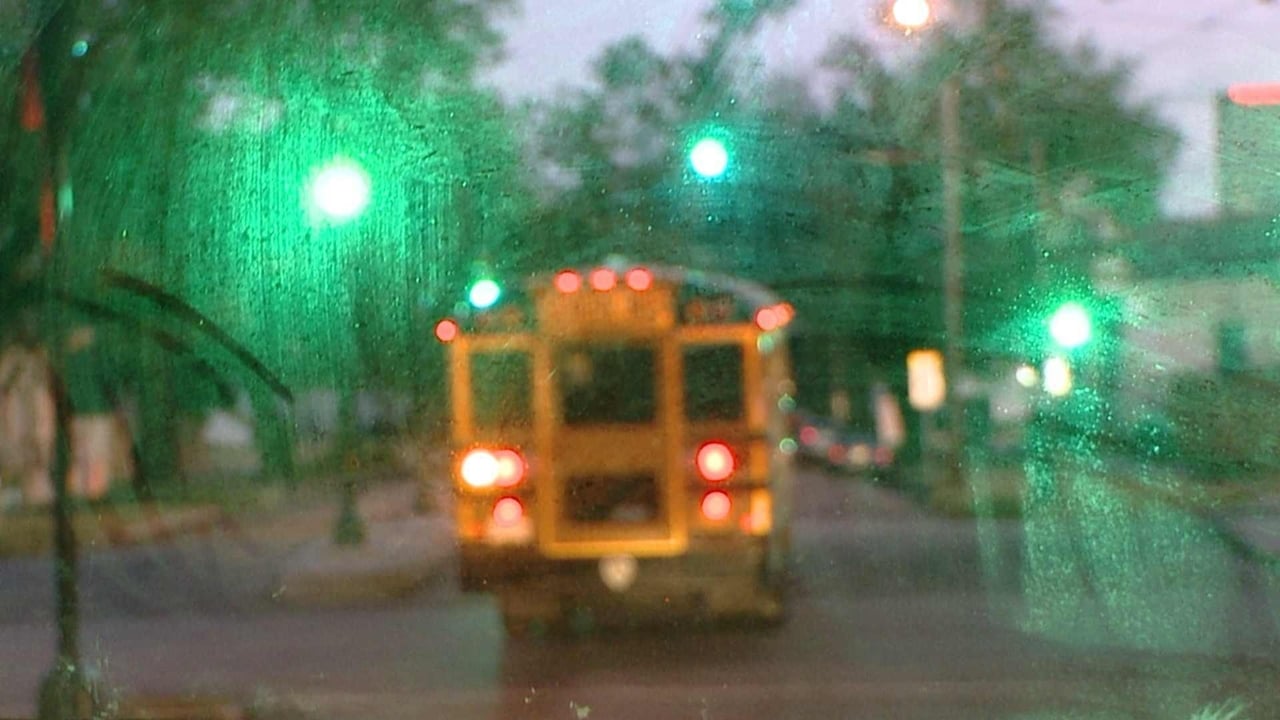

Excellent, a Must See
... View Morebrilliant actors, brilliant editing
... View MoreThe film's masterful storytelling did its job. The message was clear. No need to overdo.
... View MoreWhile it is a pity that the story wasn't told with more visual finesse, this is trivial compared to our real-world problems. It takes a good movie to put that into perspective.
... View MoreEveryday for five days out of the week children are sent to school to receive an education. The students and parents put faith into the school system hoping that it will provide their kids with a bright future and a successful life. Unfortunately for some families the school system has failed to satisfy to fulfill the faith and hopes of parents and students even after all the many years of what seems to be useless reforms. In the 2010 film Waiting for Superman directed by Davis Guggenheim multiple interviews are conducted to explore the educational system in America through interviews of San Diego students, Washington students, New York students, educational reformers, parents, and teachers. I would rate this film four stars out of five because it portrays the educational system for the way that it truly is while reaching out to the viewers that it is time for a change. The film begins by pointing out the biggest problems in the educational system- we lag behind globally in test scores, the achievement gap is growing, and reforms are failing. According to statistics, the top performers that scored the highest on math and reading test allowed the U.S to rank 25th among other countries. The movie puts emphasis on the fact that the schools are creating bad neighborhoods not that the neighborhoods are creating bad schools. If students are not building up successful individuals then they will not productively give back to the community. The achievement gap in America has been stagnant separating the wealthy from the poor. The poor usually struggle in school and go to schools labeled as "failure factories" because they have low graduation rates and usually teachers who either struggle to help students or teachers who could care less considering the fact that tenure is automatically granted to them. Low performing students in good wealthy public or private schools struggle to catch up so that they don't lag behind, but have a greater chance of graduating just because they go to a rare wealthy school. The reforms are failing starting with No Child Left Behind and all others that resemble it because ultimately they are measuring test scores instead of promoting learning. When watching this movie I was able to believe that it was interesting starting off , but sometimes the order that they explained events made me confused at times. Like sometimes the film would have interviews , then they would just have the narrator giving context and explaining statistics about the schools, or they will give mini history lessons and flashbacks about the system. I enjoyed the ending because it all ended with the lives of the students being explored just as they had explored their lives in the beginning of the film .I believe that this film is great because it sheds light on everything that is happening in the educational system. I even cried during this movie because the pressure that families feel from the school system and the barriers that they face almost seem impossible to overcome.I was appreciative that the movie provided more information on the complexity of the school system like teachers unions and other reforms. I was not happy that they movie did not show or give any possible solutions after proposing about two hours of issues. Ultimately the movie is worth watching because it will educate you and allow you to see things from a different perspective about the educational system in America.
... View MoreThe film is propaganda. It is a good film for studying the techniques used in a false narrative. The statistics are selected to create the perception of some kind of scientific method. The reality is that none of what is stated as statistical analysis can withstand scrutiny. Davis Guggenheim blends facts in a way that is willfully misleading to create a false argument. Anyone who watches carefully will see everything being portrayed is designed for a conclusion, rather than an investigation of facts. He adds emotion to the argument as well, as a tool to heighten the argument. I challenge everyone who thinks they just watched a factual documentary to watch it again and see how Guggenheim manipulates the narrative using false association, omission, and emotion. This is a propaganda film. It's a lie.
... View MoreWaiting for Superman is a documentary that lets us follow the struggles of visionaries trying to create a good school environment for kids, and parents that seek for ways to see to it that their kids get a good education. In the documentary we get to see the problems with the US education system, and how many public schools are failing to give children a proper education. For example, there are many problems with teacher unions that make it almost impossible to fire a teacher. A lot of attention is given to charter schools, and how many of them are solving the problems that the public schools have, giving the kids who attend them a proper education. Here is where the parents come in. We get to see how some dedicated parents try to get their children into charter schools, so that they might escape an education system that would probably lead them to a very dark future.I think that the movie mostly remains unbiased, giving you statistics and facts to support all claims and opinions, which makes it a very good learning experience. The movie really managed to capture me emotionally, and it was both a heart-breaking and a heart-warming watch. I would recommend that anyone who wants to enlighten themselves and learn more about the US education system should watch this movie.
... View MoreI was disappointed by the one-sidedness of this movie. Without any comment from the teacher's unions, at least in the first hour the bias is palpable. I turned off the movie when I realised it was trying to blame teachers and unions for all the problems in our education system, an education system that in itself is fraudulent. As a former teacher, I know how difficult it can be to teach a classroom full of innercity kids - sometimes 35 to a class. Research shows that small class size helps with learning tremendously, and those teachers this movie is labelling 'bad' - are not being given a chance to speak. I'm sure they have valuable perspectives to add, and this movie would be more credible if it allowed those teachers to speak out.With the aim to reward 'good' teachers, what exactly do you measure what is good. A teacher should be a model of emotional intelligence, adept at peaceful conflict resolution, have excellent communication, compassion, understanding, positive enthusiasm as well as intelligence. A teacher should also care for the child's emotional well-being and whole self. It seems the producers of this movie are solely concerned with math and reading scores - which are such a superficial measurement for success in a teacher- student relationship. Unfortunately the education system has convinced the majority of parents that this is the measurement to use. The education system has been set up that way, and it is a fraud. I would like to see the teacher's unions come up with their own documentary - then let's see the OTHER side of the story.Viewers beware of this movie, but most of you won't will you, because you have bought into the system, you have allowed the programers to delude you into thinking the education system should all be about reading, writing and maths.
... View More